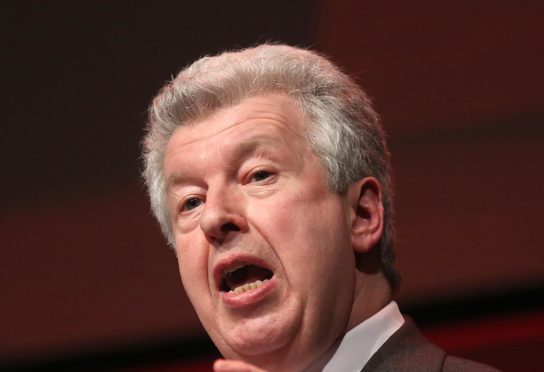Bringing power closer to the people: that was the purpose of the incoming Labour Government when it created the first democratically-elected Scottish Parliament in 1999.
As a founder-member of the modern Scottish Parliament, I have seen its ups and downs at first hand. I have been a government minister, a shadow minister, a committee convener and a backbench MSP.
It is easy to forget what things were like before devolution. Services like the NHS were run from Edinburgh, but Scottish Office ministers were hired and fired by the prime minister of the day. That meant real power sat hundreds of miles away at Westminster.
So having a parliament here in Scotland to oversee Scottish public services, with MSPs voted in (or out) by Scottish voters, certainly makes central government more directly accountable than ever before.
As a brand-new institution, the Scottish Parliament has had to learn from its mistakes and to try new things. At its best, it has been courageous and decisive: leading the way in banning smoking in public places, for example, or in giving communities the right to buy out private landowners, sometimes after decades of neglect.
Holyrood had its teenage crisis in the independence referendum of 2014. That was the biggest challenge to the idea of a Scottish Parliament sharing power within a wider Union, and it was led from within the parliament itself. The outcome was a decision to remain in the Union, while devolving new powers to Holyrood.
It is worth remembering that the people of Scotland were not consulted before King James VI accepted the English Crown in 1603, or even when the feudal Scottish Parliament voted for Union with Westminster in 1707. The Scottish people voting in favour of Union happened for the first time in the context of a devolved Scottish Parliament.
Devolution has been a process, as Donald Dewar said in 1999, not an event, and that journey continues. The challenge for the next 20 years is to bring power closer to the people in regions such as the north and north-east, and Scotland’s devolved parliament must help to make that happen.










